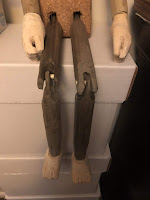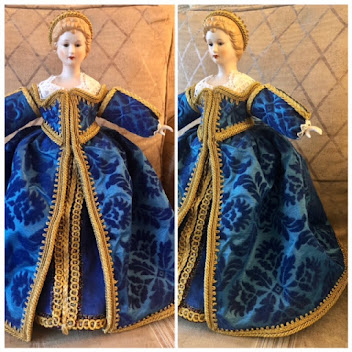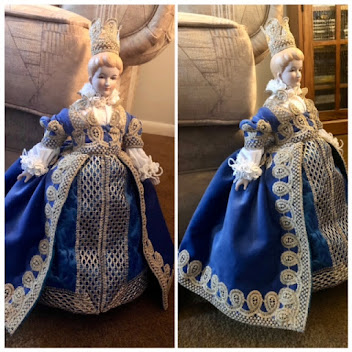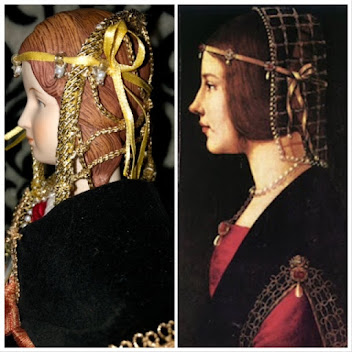Which Basswood is the North American species of the Linden, genus Tilia family of trees. In Europe, Linden is referred to as Lime wood and has the same reputation for ease of hand-carving. Lime wood is not at all related to the citrus tree or fruit. There can be hybrid species of Linden, since the flowers contain both male and female parts. These trees grow to 20 - 40 feet tall and feature a soft carvable light-weight wood with little noticeable grain. (wikipedia-Tilia)
 First, I divided a large carving block of basswood 3 1/2" x 3 1/2" x 6" into four sections with handsaw, then in half total of 8 pieces.
First, I divided a large carving block of basswood 3 1/2" x 3 1/2" x 6" into four sections with handsaw, then in half total of 8 pieces.
 Second, drilled a 1/4" hole for the anchors to the appendages. Taking into consideration the placement of the dowel, would be where it would join the wrist or ankle. I traced the circumference of these joints so I had a line to carve to that would not to make the wrist and ankle odd.
Second, drilled a 1/4" hole for the anchors to the appendages. Taking into consideration the placement of the dowel, would be where it would join the wrist or ankle. I traced the circumference of these joints so I had a line to carve to that would not to make the wrist and ankle odd.
Linden wood was a classic wood used in Germany for centuries. In the middle ages it was popular for elaborate altar pieces by Veit Stoss and Tilman Riemenschneider to name a few. This wood is notable in marionette-puppet making and carving. Having a fine, light grain and comparatively light in weight. it has been used for centuries for this purpose, despite modern alternatives. (wikipedia-Tilia)
With all that good wood information out of the way. I am going to go through my method step by step for making the hands and feet.
 First, I divided a large carving block of basswood 3 1/2" x 3 1/2" x 6" into four sections with handsaw, then in half total of 8 pieces.
First, I divided a large carving block of basswood 3 1/2" x 3 1/2" x 6" into four sections with handsaw, then in half total of 8 pieces. Second, drilled a 1/4" hole for the anchors to the appendages. Taking into consideration the placement of the dowel, would be where it would join the wrist or ankle. I traced the circumference of these joints so I had a line to carve to that would not to make the wrist and ankle odd.
Second, drilled a 1/4" hole for the anchors to the appendages. Taking into consideration the placement of the dowel, would be where it would join the wrist or ankle. I traced the circumference of these joints so I had a line to carve to that would not to make the wrist and ankle odd.
Third, carved the general shapes with my flexcut hand carving knife. Using my own hands and feet for shape reference. Also take into account the direction of the grain of the wood, as certain angles are easier or more difficult depending on which way one carves.
Fourth, after the carving was complete, I sanded the hand and feet. Making sure to be careful with the fingers and toes.
It took about 2 hours per hand and foot. Still have more work yet to do. These hands and feet will get a few coats of gesso then some gouche or tempra paint then sealer.
Thanks,
THL Marrin O'Cadhla







No comments:
Post a Comment